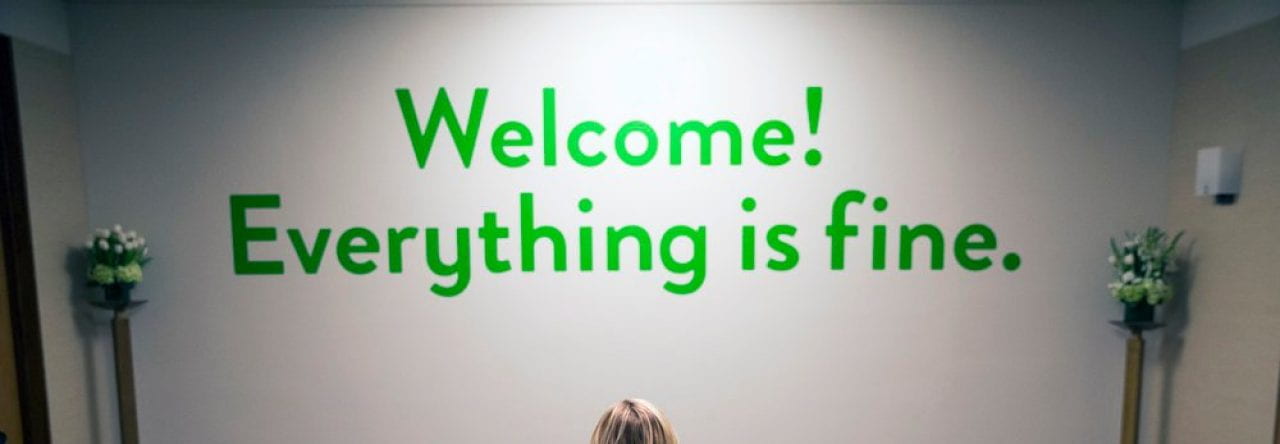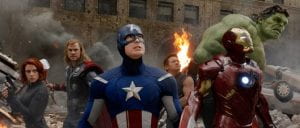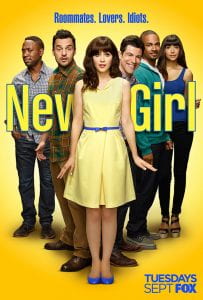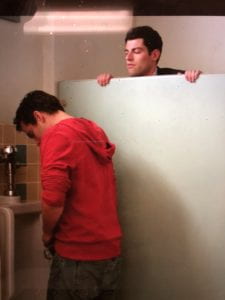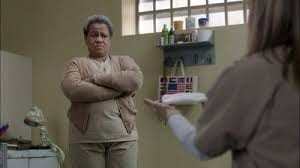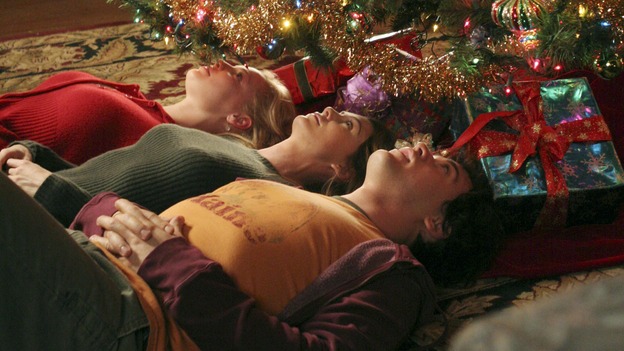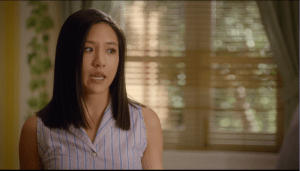The Mindy Project remains steadfast in its exploration of the idea that life is messy, complicated, and not always fun. This is reflected in the rom-com genre itself, the music, the dialogue, and the cinematography. In general, the show is bright, chaotic, and complicated – the way in which the show is shot reflects this.
A notable example of this is in the season 2 episode “Music Festival”. The show relies on dramatic events as crucial plot points, and this episode is no different. The first scene involves a pastor declaring that he’s becoming a DJ. This declaration is coupled with a vast array of camera shots and angles. There’s the wide, sweeping shot of the church, the camera moving to follow the pastor down the aisle, close ups on Mindy and the pastor, shots of the audience, and ever-changing angles. These shots are pieced together quickly, rarely lasting more than a couple seconds. This scene was focused on dialogue, not actions, so most of the shots focus on the people talking and shift rapidly to match the quick nature of the conversations.
However, even in scenes not dialogue driven the nature of the cinematography remains the same. The name of the game is creating chaos in the background and placing the central action or characters in the front. At the musical festival, the backdrop is insane: people everywhere, bright colors, balloons, hoops, and things flying everywhere. Even still, the main characters remain in the center of all the shots, which allows the focus of the audience to stay on them. This usage of quick cuts relates strongly to the theme of the show – life’s chaos.
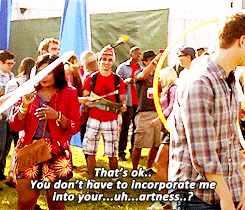
Mindy experiencing the chaos at her first music festival.
Similarly, the color scheme of the show is bright. Mindy herself is never seen in outfits of less than three contrasting colors, and all the background walls range from white to pale pastels. There is no absence of color, and the brightness allows everything to be seen plainly and clearly. This demonstrates the honestly the show is bringing, it doesn’t shy away or attempt to hide from the realities of life. It also relates to the fact that the show is a comedy, the brightness keeps the comedic nature of the show, even when the conversations or topics are difficult.
However, when the show opts to use muted colors and long shots, it’s a stark change of pace. This occurs when Mindy breaks up with her boyfriend. The only two camera angles are focused on the two characters, the shots are longer, the backgrounds are bare, and the colors are subdued. This creates two clear distinctions in the show: the time for fun and the time for serious matters. The show attempts to walk a fine line of being a funny rom-com, and still accurately reflecting the parts of life that are not enjoyable. The differences in cinematography allows the audience to understand when these tonal shifts will occur.
